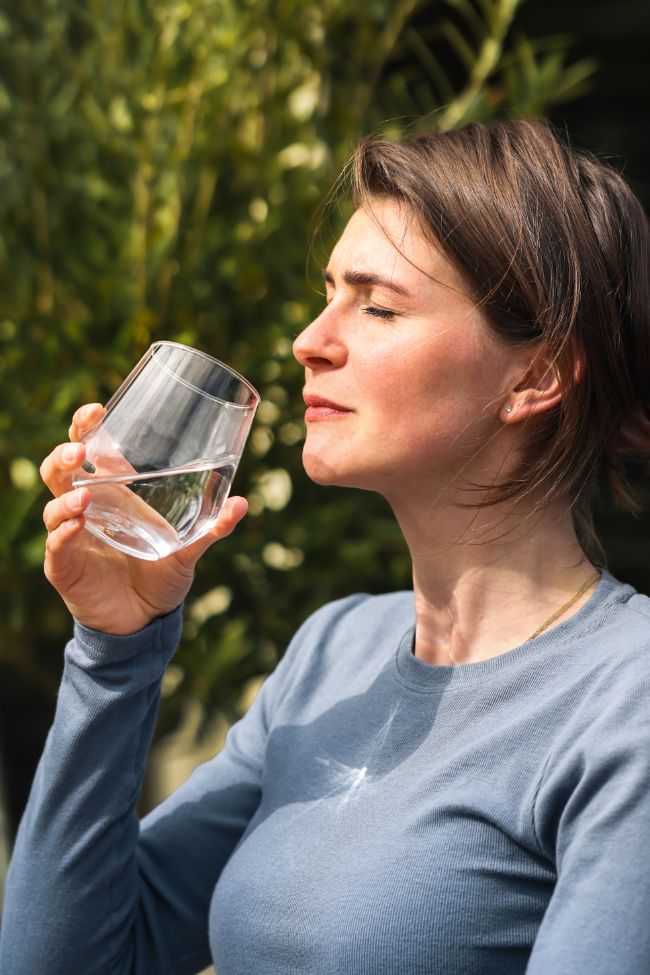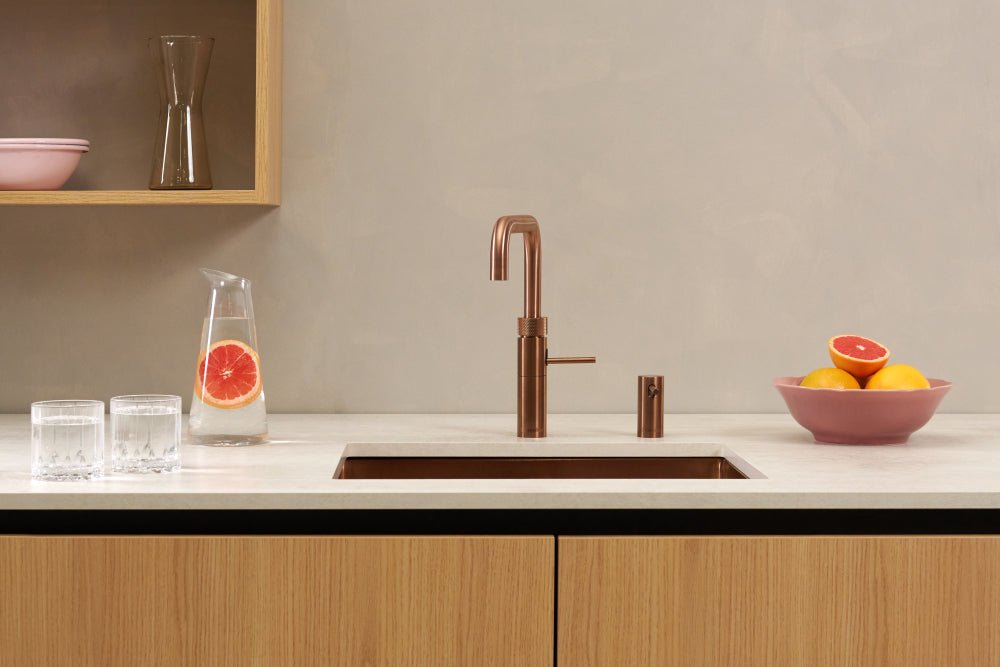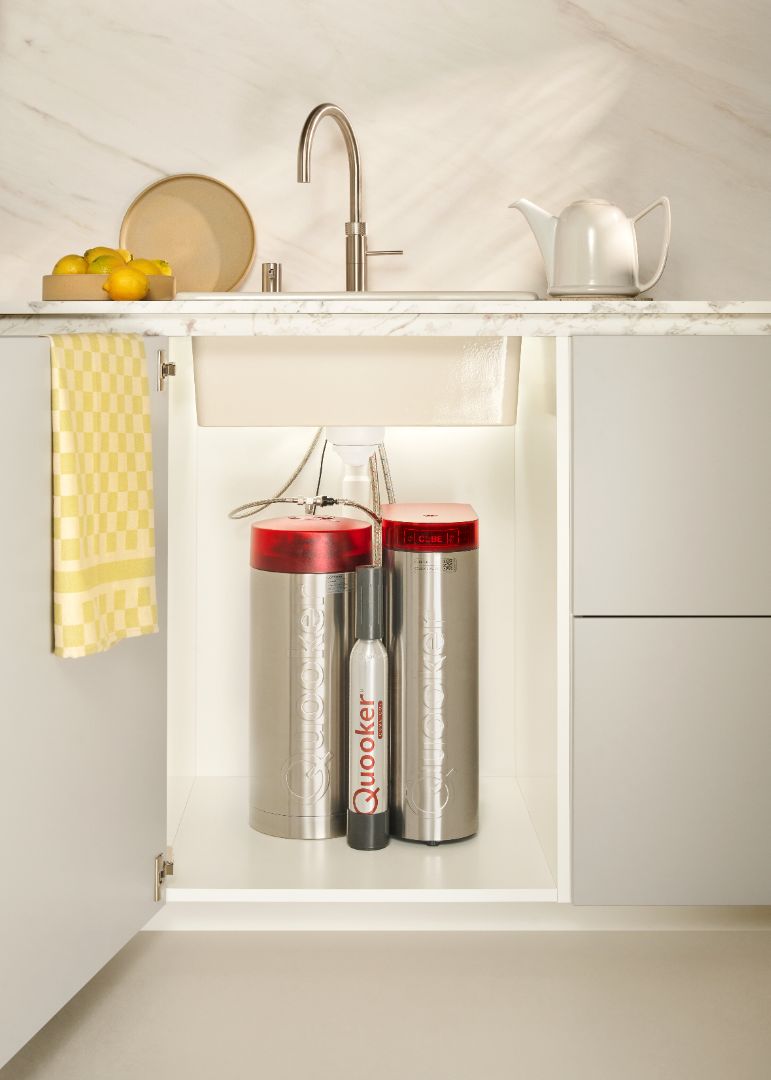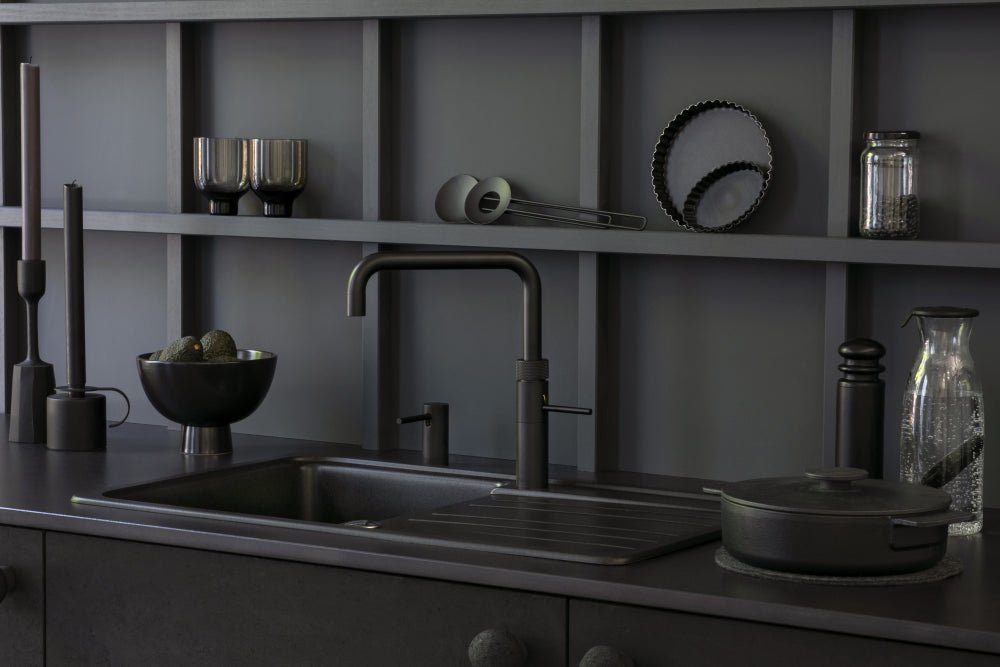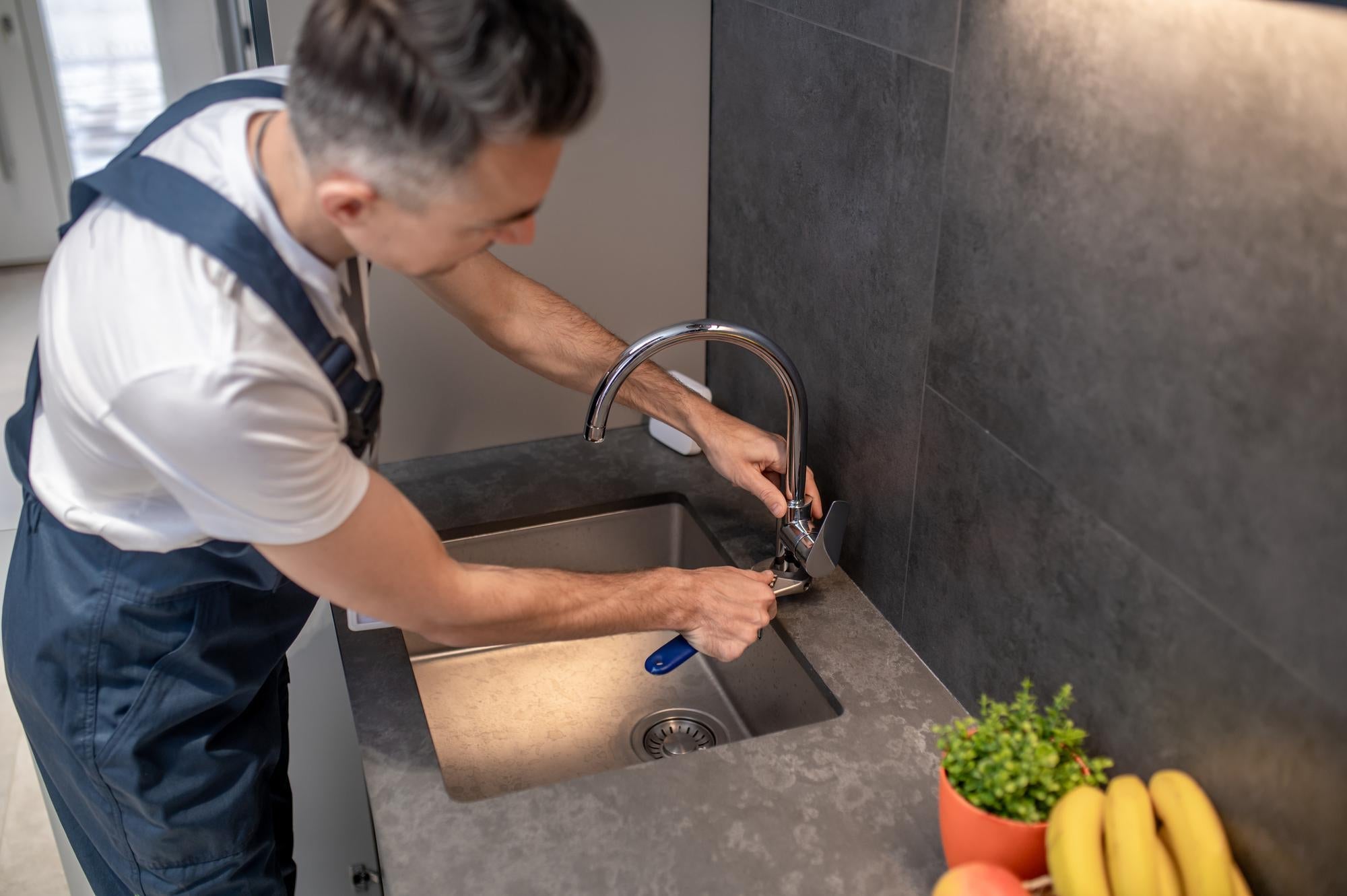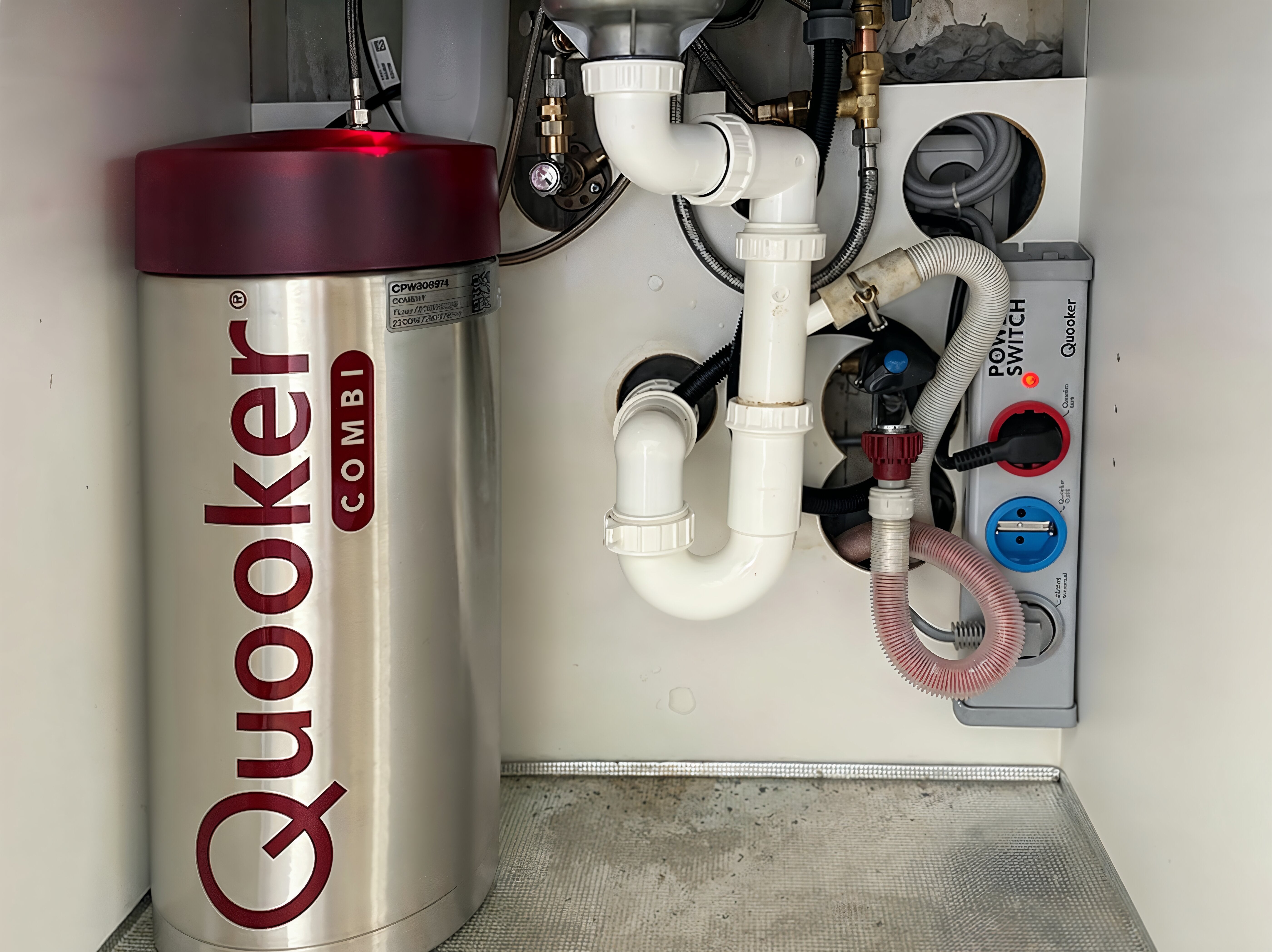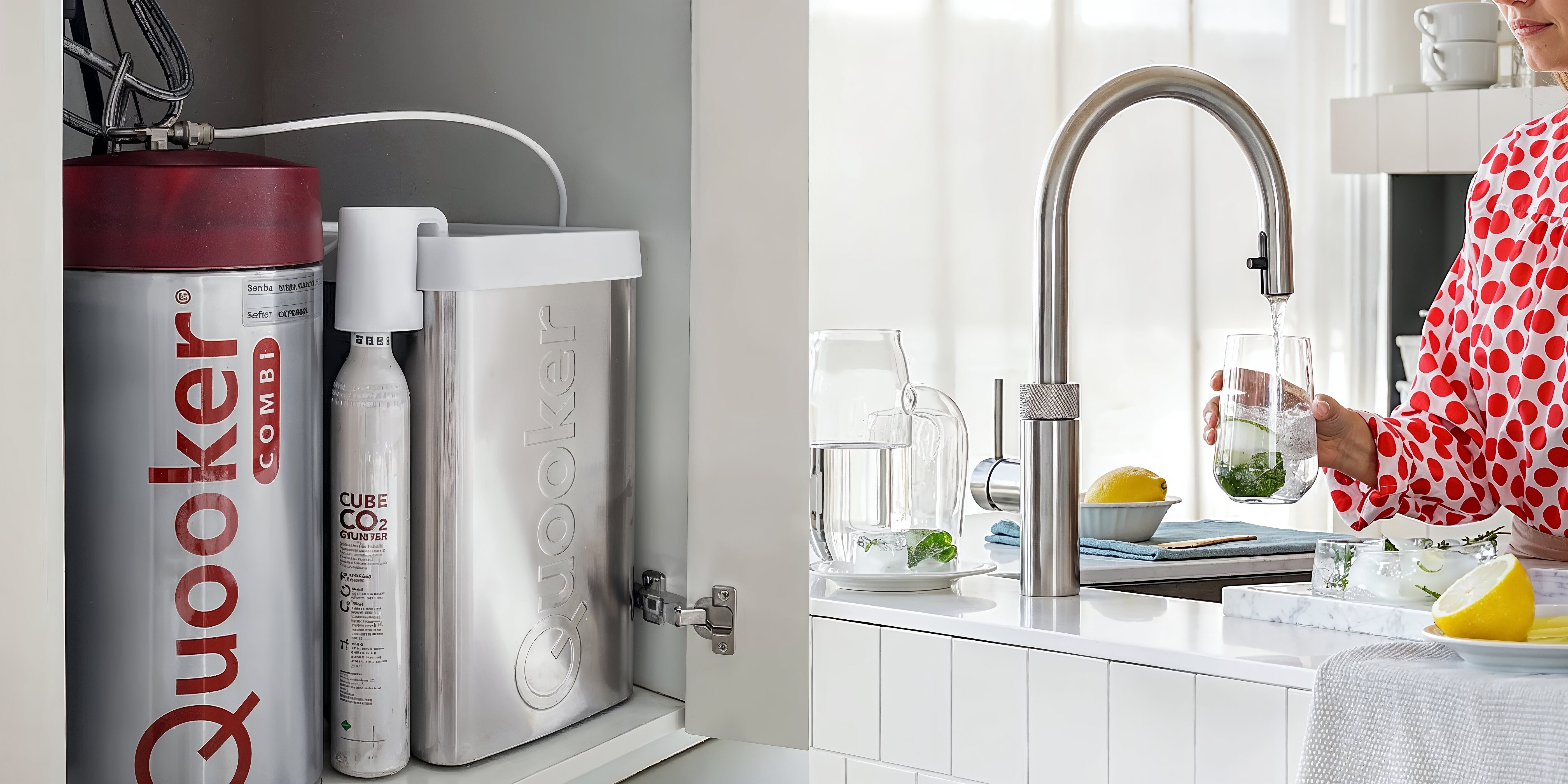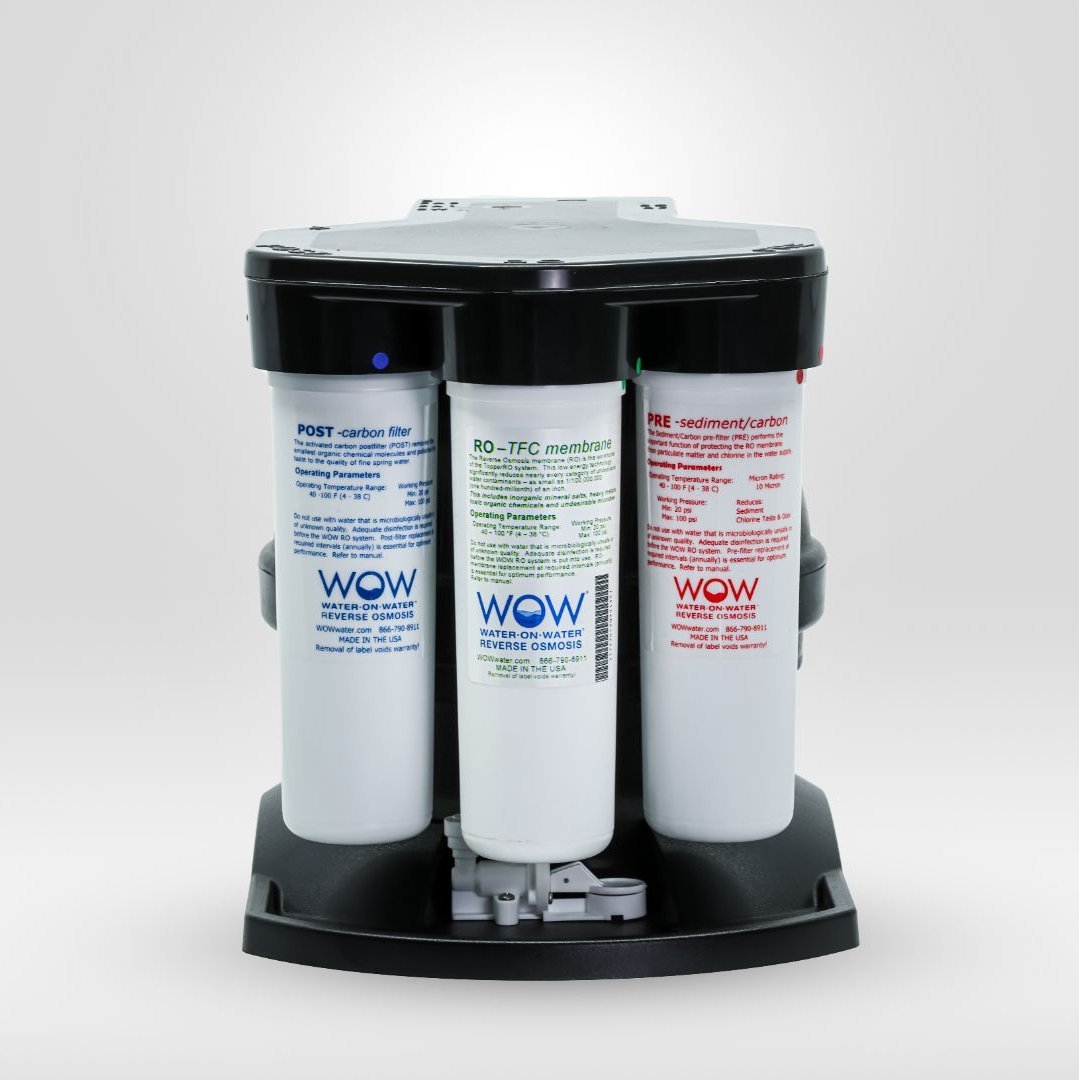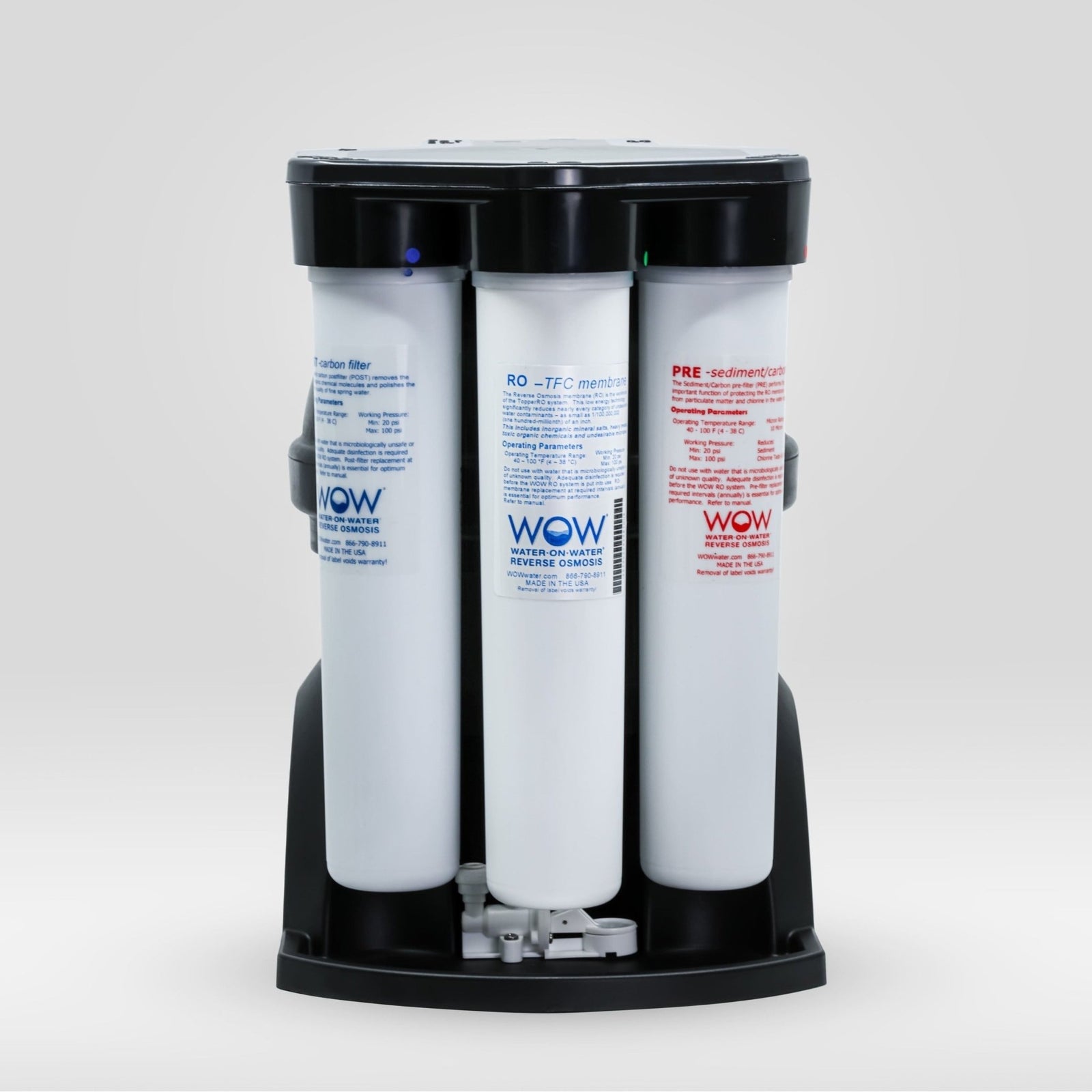The choice between industrial and residential water purification systems depends on several factors, such as capacity, purification methods, and application area. Industrial models are designed for large-scale processing with advanced technologies and higher capacity, while residential systems are more compact and designed for everyday residential use. Both types have their own specific characteristics that make them suitable for their intended applications.
What are the main differences between industrial and residential water purifiers?
Industrial and residential water purifiers differ fundamentally in several aspects. The most striking differences lie in the processing capacity and complexity of the systems. Industrial purifiers are designed to process large volumes of water, often hundreds to thousands of liters per hour, while residential models like The Source from PureAqua are optimized for smaller volumes of approximately 100-300 liters per day.
Purification methods also vary considerably. Industrial systems often combine multiple advanced technologies such as reverse osmosis, UV sterilization, ion exchange, and chemical treatments into a single integrated system. Residential water purifiers like those from PureAqua typically use a simpler but effective process, often based on reverse osmosis technology with a four-step filtration process.
| Feature | Industrial water purifier | Household water purifier |
|---|---|---|
| Capacity | Hundreds to thousands of liters per hour | 100-300 liters per day |
| Installation | Complex, requires professional installation | Relatively simple, sometimes you can install it yourself |
| Maintenance | Regularly, by specialists | Periodic, often doable by yourself |
| Energy consumption | High | Low to no current (like The Source) |
| Price range | Tens to hundreds of thousands of euros | Several hundred to thousands of euros |
How exactly does an industrial water purifier work?
An industrial water purifier functions as a sophisticated multi-stage system, designed to treat large volumes of water for specific applications. The process usually begins with pretreatment, where coarse contaminants are removed through sand filters or sediment filters, similar to the first step in domestic systems, but on a much larger scale.
After pretreatment, the water goes through several purification stages. In primary treatment, suspended solids are removed through sedimentation or flotation. Secondary treatment focuses on removing biodegradable organic matter, often using bacteria in a biological process. Tertiary treatment removes specific contaminants such as phosphates, nitrates, and heavy metals.
For high-quality applications, advanced purification techniques are used, such as:
- Reverse osmosis: Water is forced under pressure through a semipermeable membrane that only allows water molecules to pass through
- UV sterilization: ultraviolet light kills microorganisms such as bacteria and viruses
- Chemical treatments: Specific chemicals are added to neutralize certain contaminants
- Ion exchange: removes dissolved salts and minerals from the water
Industrial systems often include extensive monitoring and control systems that continuously measure water quality and automatically adjust the process when necessary.
What factors determine the choice between an industrial or residential water purifier?
The choice between an industrial or residential water purifier is determined by several crucial factors. First and foremost, water consumption is a decisive factor. For an average household, a system like The Source from PureAqua, with a capacity of 100-300 liters per day, is more than sufficient, while businesses with high water demands require an industrial system.
The type of contaminants to be removed also plays a significant role. Domestic systems are designed to purify drinking water from general contaminants, while industrial applications often need to remove specific substances relevant to their processes.
Space requirements are another important consideration. Domestic water purifiers like those from PureAqua are compact (approximately 36 x 25 x 27 cm) and fit easily under a sink. Industrial systems, on the other hand, require considerably more space and sometimes even a dedicated utility room.
Regulations and compliance are particularly important for industrial applications. Companies often have to meet strict standards for water discharge and use, requiring more advanced purification systems than for residential use.
Finally, cost plays a significant role. The initial investment for an industrial system is considerably higher, but this must be weighed against the operational costs and the specific needs of the application.
What are the benefits of PureAqua water purifiers for different applications?
PureAqua water purification systems offer specific advantages for residential applications. The flagship product, The Source, is an advanced water filter system that uses reverse osmosis technology to remove up to 99% of unwanted substances from tap water.
One of the key advantages is its power-free design . Unlike many other systems, The Source operates without electricity, which is both more sustainable and cost-efficient. This makes the system particularly suitable for households looking to reduce their carbon footprint.
The 4-step filtration process ensures exceptional water quality:
- Pre-treatment with an activated carbon filter that removes larger particles and organic contamination
- Reverse osmosis where water is forced under pressure through a semipermeable membrane
- Storage in a patented Water-on-Water tank with a capacity of over 5 liters
- Post-treatment with a polishing filter for a perfect taste
PureAqua systems are also user-friendly and require minimal maintenance. They are certified to IAPMO NSF/ANSI 58 standards, guaranteeing their safety and reliability. PureAqua also offers different models for different applications, such as the WOW RO 50 for smaller households and the WOW RO 180 for larger families with higher water consumption.
In addition, PureAqua offers a range of high-quality taps compatible with their systems, available in both 1-way and 3-way designs to meet different household needs.
For specific applications where water quality is crucial, such as in the food industry or healthcare, customized solutions can be developed that meet the specific requirements of these sectors.
